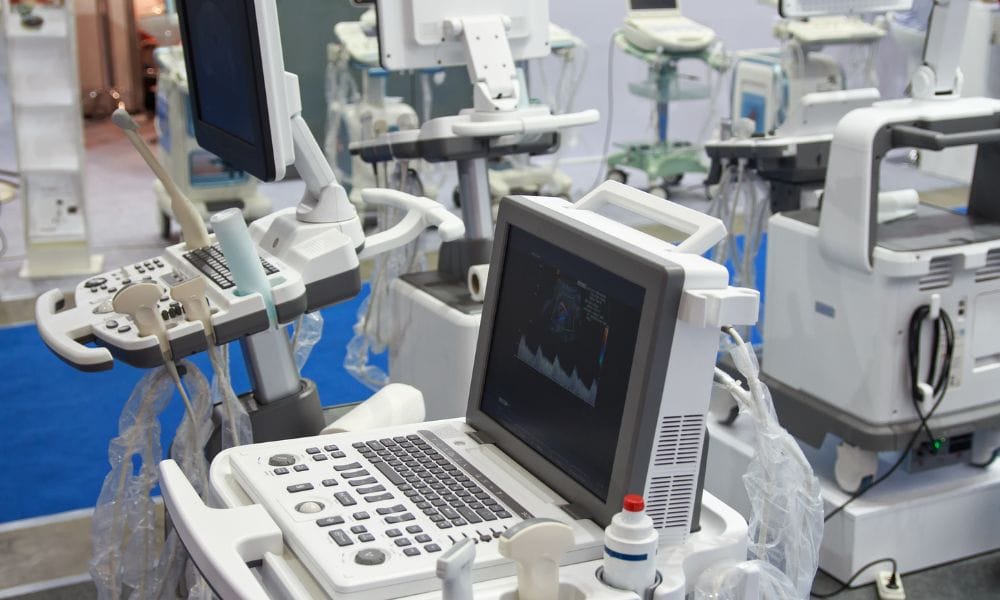In recent decades, single-use device reprocessing has become standard in hospitals across the country as a valuable tool in reducing the cost and environmental footprint of patient care. If you think about it, that’s kind of amazing. How was it possible to convince lawmakers, regulatory agencies, the legal system, physicians, hospitals, and the U.S. population that it can be safe to re-use single-use medical devices?
The short answer: It took a lot of work, substantial oversight, and real commitment to quality on the behalf of reprocessors and the healthcare industry at large. But medical device reprocessing is still a fragile proposition. The market is surging with new entrants, which is fantastic news when it comes to keeping the industry vibrant and competitive. But it also represents a moment of vulnerability in which a lack of diligence could erode the hard-won reputation of reprocessed products.
Now is the time for the healthcare industry—healthcare providers, industry organizations, and established reprocessors—to stand together to maintain the commitment to safety and quality that have guided the reprocessing industry for 25 years. To do so, let’s take a moment to acknowledge the hard work that’s gotten us where we are.
The Road to Responsible Single-Use Device Reprocessing
There were three key forces at play when it came to bringing responsible single-use device reprocessing to fruition in the U.S.:
- Around 2000, following an outcry by original manufacturers that hospitals were reusing single-use devices, FDA decided to regulate the practice rather than shutting it down. FDA erected substantial barriers around the reprocessing of single-use devices that effectively stopped hospitals from reprocessing and left the practice with an increasingly sophisticated device reprocessing industry that now had to follow strict procedures, resembling those demanded from an original manufacturer, to obtain an FDA clearance to reprocess and sell single-use devices. Current regulations demand that reprocessed devices be proven to function like new devices and represent no added patient risk.
- Secondly, the reprocessing industry came together and formed the Association of Medical Device Reprocessors (AMDR). AMDR has been instrumental in maintaining high standards for its members and demonstrating to hospitals that such membership means a higher level of integrity, sophistication, and performance.
- Thirdly, the conduct of individual reprocessors—their high standards, transparency, and commitment to the founding principles behind reprocessing—have enabled the broad acceptance of reprocessing. Regulation is never enough. A commitment to patient safety, the integrity of the process, and careful interpretation of regulation characterize reprocessing companies in the United States.
If FDA were to take the eye off the ball, if AMDR were to slacken its principles for industry acceptance, or if individual members were to stray from the founding principles of reprocessing, the acceptance of single-use device reprocessing could crumble, and hospitals would lose access to hundreds of millions of dollars in savings a year.
Upholding the Principles that Guide and Guard Reprocessing
Reputable reprocessors should celebrate, rather than lament, the challenges they encounter when submitting to FDA for a clearance. Stricter rules mean higher standards. Higher standards mean increased trust in reprocessing. This is also why reprocessors should stand by AMDR’s code of conduct and continue to insist on its enforcement.
From a provider standpoint, there’s good reason to put trust in existing regulations and AMDR. But, as new reprocessors enter the market, they must also be held to the high standards that have been established in the industry. When evaluating partners, hospitals should demand their reprocessors uphold these principles that have guided—and guarded—the practice of reprocessing over the years:
Used devices belong to the hospital: Used devices placed in drawers and other collection containers in the hospital do not belong to the reprocessor. They belong to the hospital. They only become the reprocessor’s when the hospital has explicitly allowed the company to collect them. Reprocessors should not collect devices destined for other reprocessors. This might seem like an obvious principle to uphold, but it’s one that should be a red flag to hospitals when they see it being violated.
Quality, quality, quality: The most important department in a reprocessing company is the quality department. Hospitals should expect their complaints to be taken seriously and addressed thoroughly and swiftly. Complaints are an important source of information that can result in manufacturing improvements, product holds, and other actions. If something is wrong with a device, reprocessors should stop producing and find the root cause. Internal and external audits are key to the integrity of the quality system. The goal of a reprocessor should be to have a quality system that exceeds the standards of any reviewer—and a quality system that exceeds the standards of a new device manufacturer.
Device marking and labeling: Reprocessed devices must be marked so that it is clear that they have been reprocessed and what company has reprocessed them. Different reprocessors might use different solutions (serial stickers, laser etching, QR codes, pad printing, etc.), but no matter the type of labeling, ensure your reprocessing partner is using a clear system for marking the packaging and the device itself.
Double-reprocessing: A reprocessor cannot reprocess a device previously reprocessed by another reprocessor. If a partner suggests or does otherwise, this is a red flag. Why is this important? When an FDA clearance is granted to a reprocessor, that clearance is granted to reprocess the device a certain number of times. Reprocessing and reusing beyond that number is against regulations. Since there is no convention in the industry for how devices are marked, a reprocessor risks going against regulation if it reprocesses another reprocessor’s device. In addition, different reprocessors with clearance to reprocess the same device might use different methods for cleaning devices. For example, different chemicals might be used in the cleaning process. Using different chemicals could result in reactions in the material that make the device unsafe.
Transparency in reporting: Hospitals use reprocessing to reduce procedure costs and environmental waste. Because of this, it is important for the hospital to be able to see what cost savings and carbon emission reductions are driven by their reprocessing programs. Hospitals should look for partners that provide this kind of reporting transparently and frequently.
These are all principles that have guided the reprocessing industry for 25 years. Observing these principles protects the reprocessing industry (and the associated cost savings) because it enables hospitals and clinicians to trust reprocessing. While FDA, AMDR, and reprocessors themselves must commit to maintaining the high standards that have guided reprocessing to date, hospitals can do their part by demanding that these principles be observed. In doing so, they can help protect the savings that come from reprocessing.

Lars Thording
Lars Thording is VP of Marketing & Public Affairs at Innovative Health LLC.







